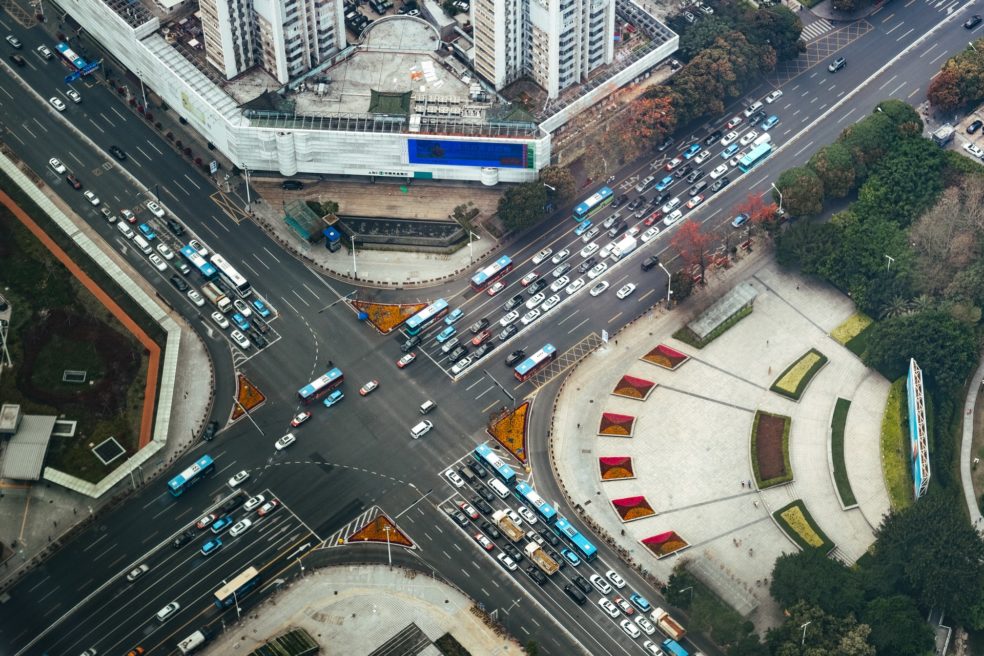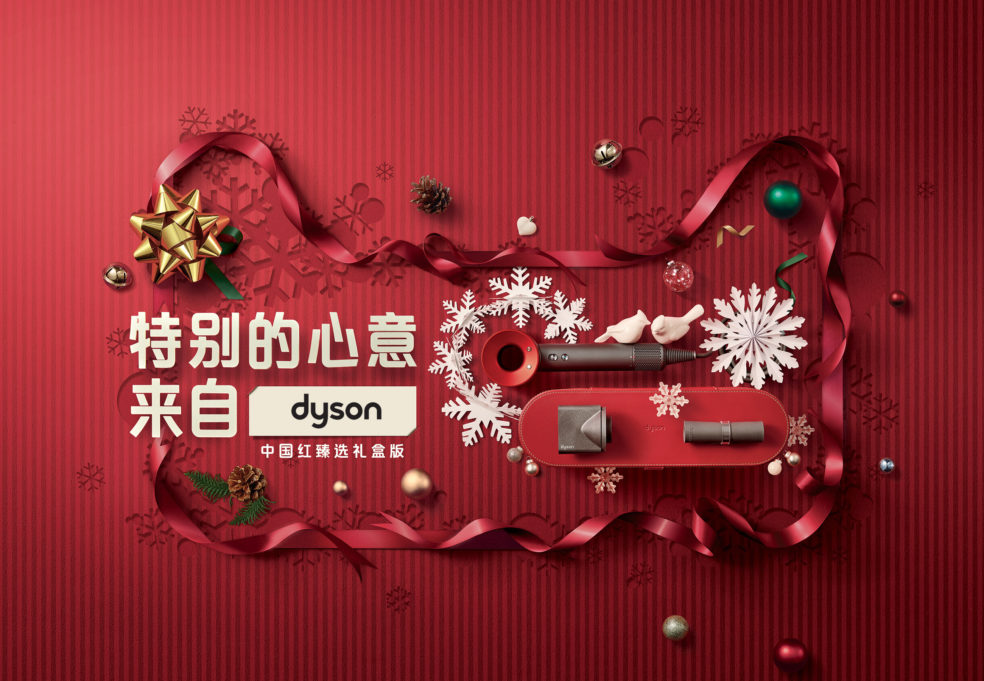China Automotive Industry in 2021What is the state of the Chinese automotive market? China as the world’s largest automotive market represents ~30% of global sales – despite being affected by the COVID-19 pandemic in the beginning of 2020. 25.3 million cars were sold (-1.9% YoY) in 2020 and passenger and commercial vehicle contributed 80% and 20% share respectively. Booming NEV sales also drove the market with 1.3 million sold units (+11% YoY). Up to the end of September in 2021, the entire car market has reached sales volume of 18.6 million (+8.7% YoY) with 2.2 million NEV sold (+190% YoY), …
Three Red Lines Policy – Regulating China’s Real Estate Developers
Three Red Lines Policy – Regulating China’s Real Estate DevelopersEven before the recent turbulences around Evergrande and other property developers, the Chinese government has already been worried about a potentially overheating real estate market for several years now. In this Executive Briefing, we are providing some background on the issue and introduce one of the most impactful policy measures that has been introduced so far to reduce risks: the Three Red Lines Policy.Why was the Three Red Lines Policy implemented? The development of the Chinese real estate market in recent years (marked by rising housing prices and the growing debt …
China Standards 2035 – Shaping the World of Tomorrow?
China Standards 2035 – Shaping the World of Tomorrow?What is ’China Standards 2035’? Following the ‘Made in China 2025’ strategic plan, China has officially launched the ‘China Standards 2035’ strategy in 2018, aiming to lay out a blueprint for the Chinese government and leading tech companies to set global standards for emerging technologies, such as 5G, Internet of Things (IoT), and Artificial Intelligence (AI). After a planning phase of two years, the National Standardization Committee published a preliminary report in May 2020, with the final strategic document expected to be released this year. China strives to play an increasing role …
Wind, Hydro & „New Nuclear“ – Energy Transition in China
Wind, Hydro & „New Nuclear“ – Energy Transition in ChinaChina is still heavily reliant on coal to satisfy its demand for electricity. But having committed to becoming carbon neutral by 2060, the country is heavily investing in developing and iterating on energy sources such as nuclear energy or hydropower. Here is our summary of three key developments.In its rising energy consumption, China is still highly reliant on coal as a source of power: Coal accounted for 57.7% of the nation’s energy use in 2019. Furthermore, China built more than 50% of the world’s new coal-fired power plants in 2020 and …
Will Blue Collar Labor Shortages Lead to More Automation in China?
Blue-Collar Labor Shortage and China’s Automation DriveWhy is there a blue-collar labor shortage in China? As the consequence of the one-child policy as well as rising financial pressure, China’s fertility rate has remained at a low level for years, leading to a rapidly aging population which heavily impacts the available workforce within the country. The population aged 15 to 59 only accounted for 63% of the total population in 2020 – down by around 7% points compared to a decade ago. Since 2017, the labor force has been decreasing and could further shrink by 5% in the next ten years, …
Distribution in China: Obstacles and Success Factors
Distribution in China: Obstacles and Success FactorsIn the dynamic Chinese market, distributors are often ‘gatekeepers’ to drive growth. EAC experience shows that many foreign companies are faced with complex distribution challenges in China, ranging from reliance on legacy distributors, lack of transparency to e-commerce exposure. Choosing the right distribution approach and managing distribution partners most efficiently is crucial to succeed in China.Distributors are often ‘Gatekeepers’ for Growth in China Foreign companies face a range of challenges when managing their distribution setup in the vast Chinese market: Reliance on Legacy Distributors Unstructured selection of only one general distributor Lack of critical …
China’s „Double Reduction“ in Education: Impacts and Opportunities
China’s „Double Reduction“ in Education: Impacts and OpportunitiesWhat does China’s Double Reduction mean? The General Office of CPC Central Committee and General Office of the State Council jointly released the “Opinions on Further Reducing the Burden of Homework and Off-Campus Training for Compulsory Education Students” on July 24, 2021, taking immediate effect. This “Double Reduction” policy is intended to improve the overall quality of school education, reduce excessive study burdens and protect the health of students, relieve the burdens and anxiety of parents, reduce social inequity, further regulate and standardize off-campus training (including both on-line and off-line training), and strictly …
China’s Offline Retail Challenge
China’s Offline Retail ChallengeIn the past decades, the Chinese retail market has experienced a significant transformation from traditional to modern, and is now again being disrupted by e-commerce. Since 1992, China’s retail market developed with the country’s rising economy and changing consumption habits. New and modern shop formats have been introduced during this period, such as department stores, hyper/supermarkets, convenience stores, exclusive stores, and other forms of business, which are shaping China’s modern retail landscape until now.What threats are China’s offline retail facing? After 2003, with the establishment of Alibaba’s Taobao platform, China consumers’ consumption habits have been changed dramatically …
Trends in China’s Textile & Apparel Industry
Trends in China’s Textile and Apparel IndustryWhile China’s textile market is experiencing a continually decline in revenues, the apparel market shows a much more dynamic development in terms of concentration, brands and customer preferences.China Textile Industry Revenues of China’s textile industry has been declining from 386 billion CNY in 2017 to 227 billion CNY in 2020, resulting in a CAGR of -16%. Drivers: With the increase of resident income, consumption upgrade, and implementation of China’s second-child policy, the demand for high-quality textile materials will remain increase. Technologies applied in design, manufacture, marketing, and logistics in the textile industry will accelerate …
Smart Manufacturing Push in China
Smart Manufacturing Push in ChinaThe age of cheap labor in China is almost over. Thus, Chinese companies have recently been introducing smart and automated manufacturing systems, that help to save cost, shorten lead times and increase flexibility. In this article EAC presents three cutting-edge examples: Xiaomi, Alibaba and JOMOO.Xiaomi Smart Factory Founded in 2010, Xiaomi has become one of the world’s largest smartphone manufacturers and most well-known „smart home“ brands within only ten years. The company’s new Smart Mobile Phone Factory is powered by 5G and Artificial Intelligence and has a size of 18,600 square meters, featuring… Equipped with a …
China Case Study: Dyson
China Case Study: DysonDyson is a success story in terms of how foreign consumer goods brands can build and maintain a special image in China – by leveraging product design and marketing in a localized way.Dyson in China – Key Facts After Dyson entered the Chinese market entry in 2012, the country became the firm’s fastest growing market in 2014 and has been ever since. But this development was not pure luck or coincidence, since Dyson strategically invested in its operations in China: Established network of ~15 Dyson self-operated stores and 135 3rd-party-operated POS in 90 cities (focus on tier-1 …
Localization Pressure in China’s Healthcare Industry
Localization Pressure in China’s Healthcare IndustryChina’s rising demand for healthcare products and especially medical devices has been a major growth driver for both international and domestic companies in recent years. But barriers to participate in the booming MedTec market as a foreign company are becoming higher, since the Chinese government is increasingly pushing for localization.How is China’s healthcare industry developing? China’s rising demand for healthcare products and especially medical devices has been a major growth driver for both international and domestic companies in recent years – supported by a general rise in accessibility and affordability of health services. Further increasing …











